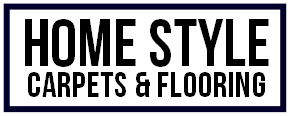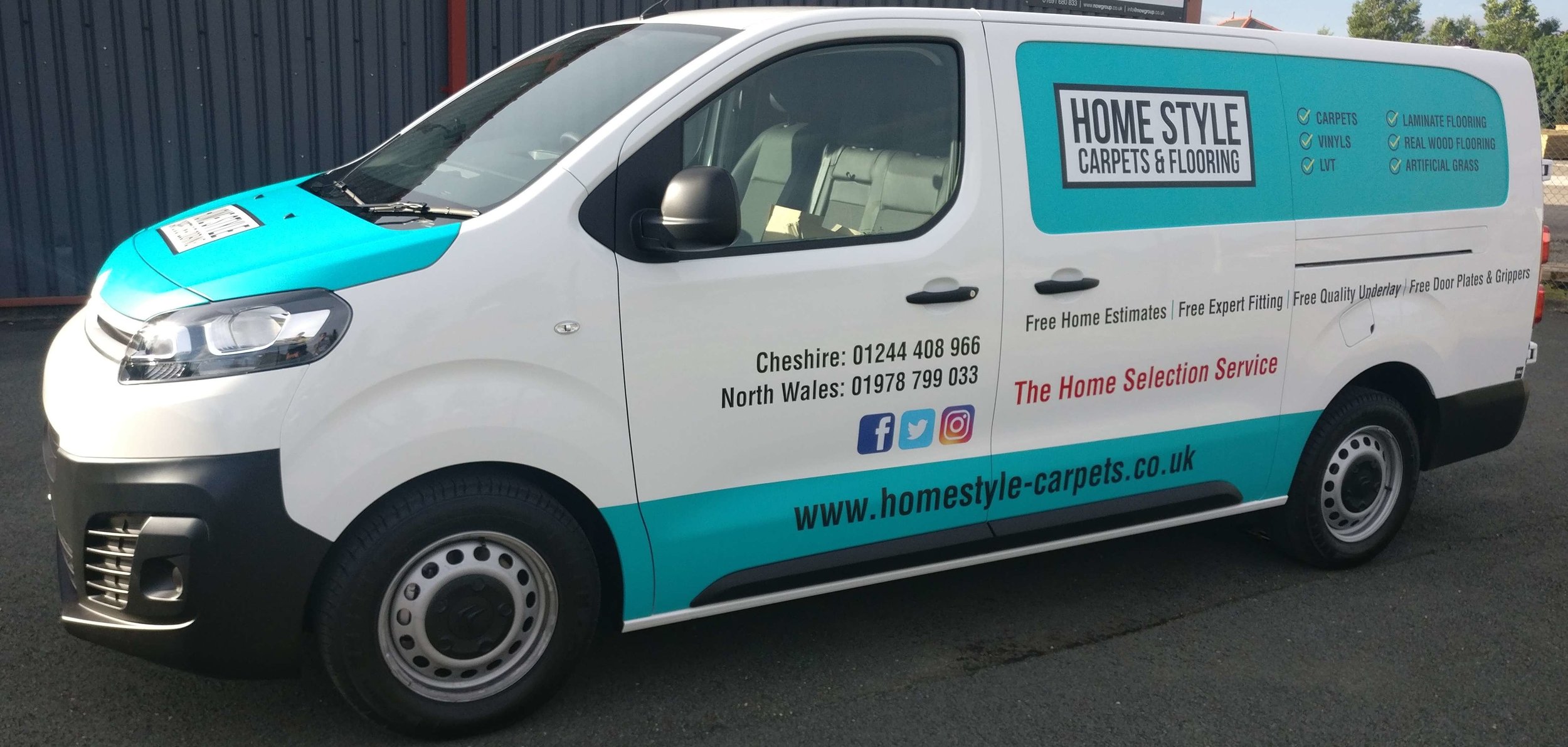How does artificial grass compare to real grass?
/Artificial grass is an alternative to the real thing for lawns, playgrounds, sports pitches and more. Understandably, many people considering buying and installing artificial grass want to know how it compares to real grass before they commit.
Is artificial grass realistic?
In recent years, manufacturers of artificial grass have made it look more realistic. For sports fields and school playgrounds, it may not be important for artificial grass to look real but as a lawn replacement, homeowners want the grass to look good.
Artificial grass looks and behaves like real grass, with realistic piles and texture that mimics real grass. Close up, you can tell the difference between artificial and real grass, but from a short distance away you may not realise that the grass is artificial.
Artificial grass on putting greens needs to mimic real grass as closely as possible, otherwise it will affect how the golf ball behaves.
You may have to pay more for realistic-looking artificial grass, but for applications where looks are important, it’s worth it.
Do you need to look after artificial grass?
Compared to real grass, artificial grass requires little maintenance. It needs no cutting and in very hot dry spells you don’t have to water the grass. Correctly installed, artificial grass allows rainwater to drain away. Unlike real grass, no chemicals and fertilisers are required to maintain artificial grass.
Many people forecast that Britain will have more very hot dry summers due to climate change. This can result in hosepipe bans that prevent real grass from being watered. Artificial grass has the advantage that it needs no watering.
Dirt can be brushed off artificial grass with a stiff brush and leaves removed with a rake. Any mess left by dogs should be picked up with a dog poop bag.
Stains can be washed off with cleaning products formulated for artificial grass. Chemical cleaners or detergents should not be used.
Compressed snow and ice are best left to melt rather than removed, while heat sources need to be kept away from artificial grass to prevent burning and scorch marks. Sick to patios or concrete slabs for your barbecues.
Is artificial grass safe to play on?
Artificial grass is safe to play, on which is why many infant and primary schools use it. There was some concern in the past about artificial grass being toxic, but modern artificial grass has addressed this.
Artificial grass is non-allergenic and suitable for allergy sufferers. There is no pollen to affect hay fever sufferers.
For high-impact sports such as rugby and football, artificial grass can be laid on top of rubber shock pads to minimise player injuries on artificial turf sports grounds.
If there is heavy rain, artificial grass will not be muddy, so it is safe for children to play on in all weathers.
Is artificial grass safe for pets?
Artificial grass is very pet-friendly, as it is non-toxic. Dogs are not tempted to dig on artificial grass. Pet urine will drain away and solid waste from pets should not stain the grass, but should be removed promptly.
Pets will not cause the grass to smell bad. Another advantage is that pets will not come in the house with muddy paws from the lawn.
Can you put artificial grass on top of real grass?
Normally, the old grass is removed before installing artificial grass. This means that the ground can be well prepared and a membrane installed ready for the artificial grass.
Installing artificial grass is an expert job for professional installers, although you can do it yourself if you have the necessary skills. Some users may be tempted to save time and installation costs by laying artificial grass on top of real grass, but this is not recommended as it can cause issues.
One reason for a membrane is that it prevents weeds from growing through artificial grass, Without a weed barrier, you may regularly have to remove weeds from the lawn.
There could be drainage issues with surface water remaining if the artificial grass is not installed correctly. The lawn beneath the artificial grass will start to die but may not do so evenly. This will result in an uneven lawn.
An artificial grass lawn installed over real grass is unlikely to last as long as a properly installed one. Installing artificial grass yourself over an existing lawn may initially save time and money, but if it reduces the life of the lawn, this is a false economy.
Artificial grass can be laid on most surfaces including soil, concrete and paving. It can even be used on roof terraces and balconies, or laid indoors to create an indoor garden.
How long does artificial grass last?
Artificial grass should last up to 20 years depending on its level of use. This will generally be less than the lifetime of real grass. Over time, real grass can fade and flatten, whereas artificial grass should keep its colour and texture for many years. Most artificial grass manufacturers provide a guarantee that lasts several years.
Though artificial grass may have less lifespan than real grass, people choose it because it retains its looks and needs little maintenance. Sports teams that install artificial grass pitches do not need to cancel matches because of bad weather that turns real grass into mud fields.
Which artificial grass is best?
There are many types and makes of artificial grass. The best one for a particular use is dependent on many factors, including the type of installation and how you want the area to look. For lawns, looks are important, while for sports grounds practicality is the priority. You can purchase luxury striped grass that makes a lawn look as if it has been freshly mowed.
An artificial grass stockist will have samples of various types of grass, and will advise you on the best artificial grass for your particular use and budget.
Artificial grass is not real grass, but it looks good and has many practical advantages, especially for busy households and commercial users who don't want to spend the time or expense needed to maintain grass.

